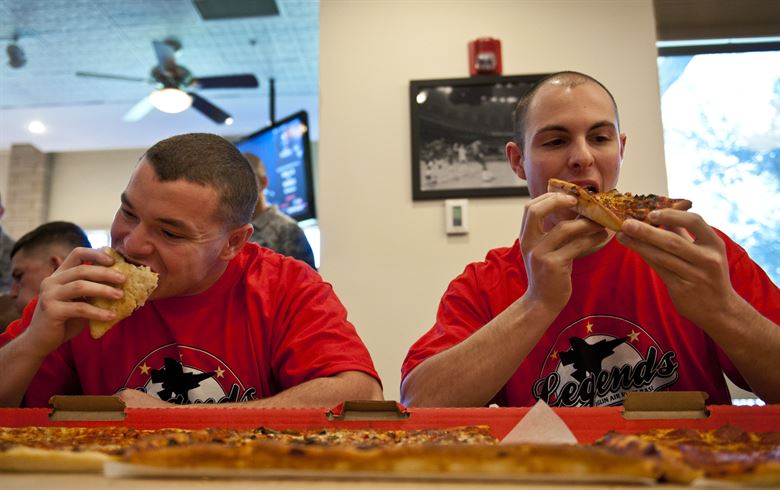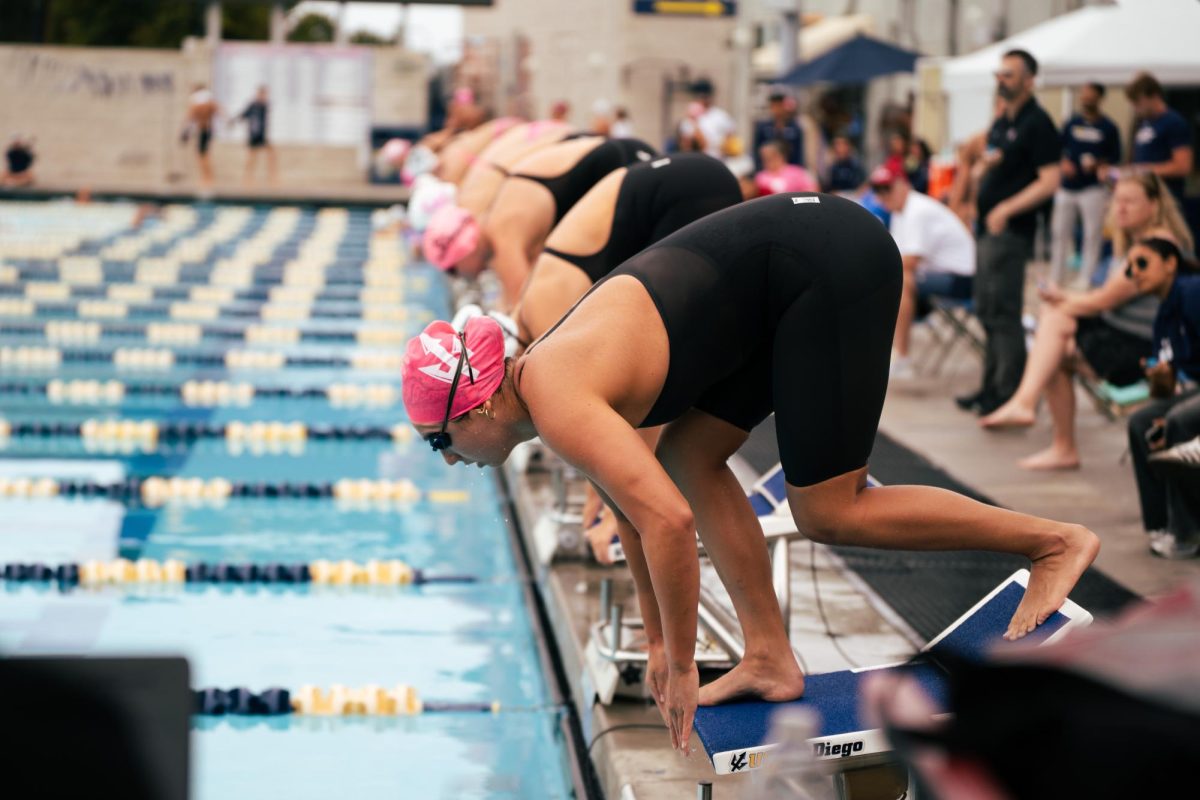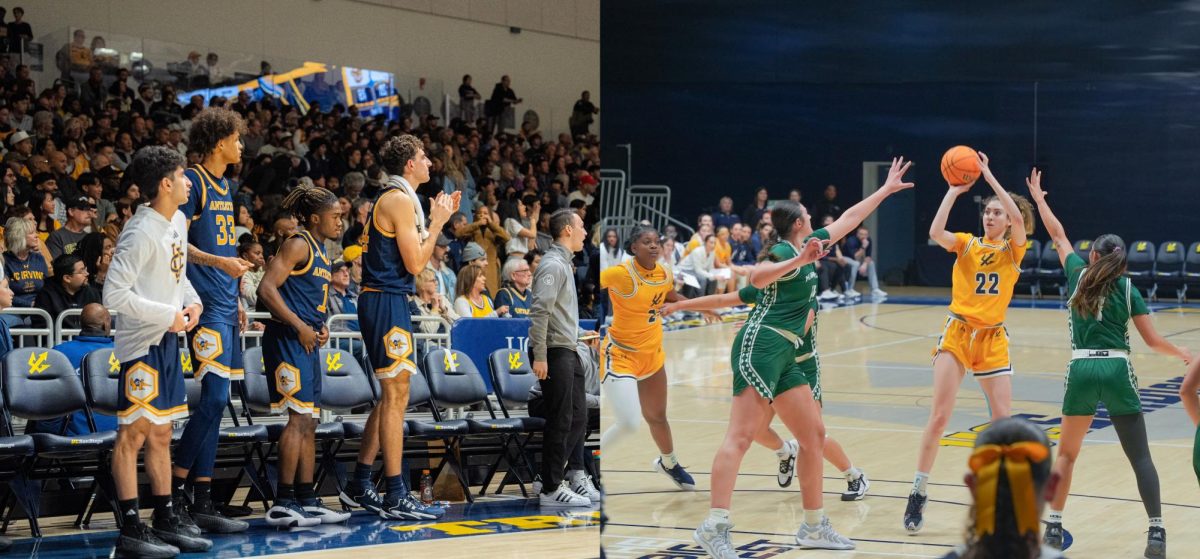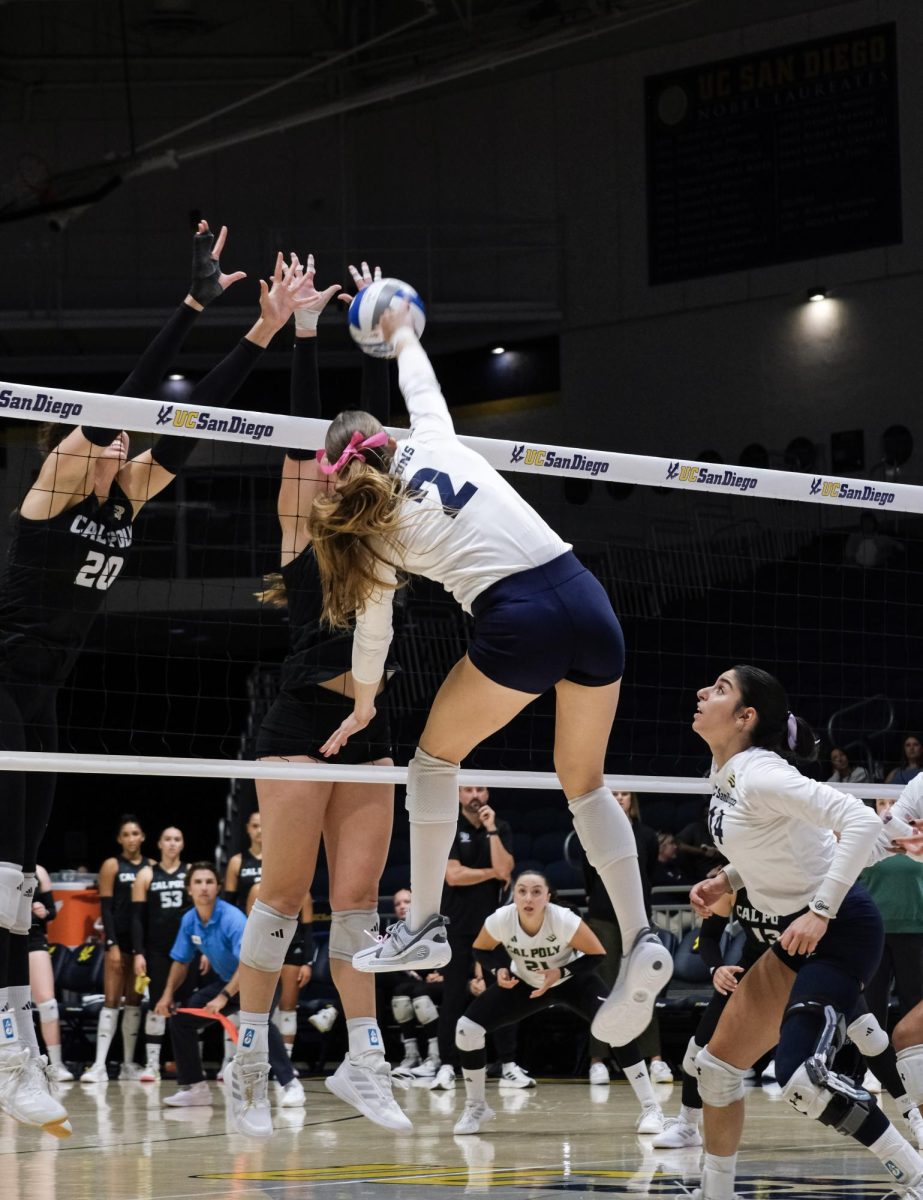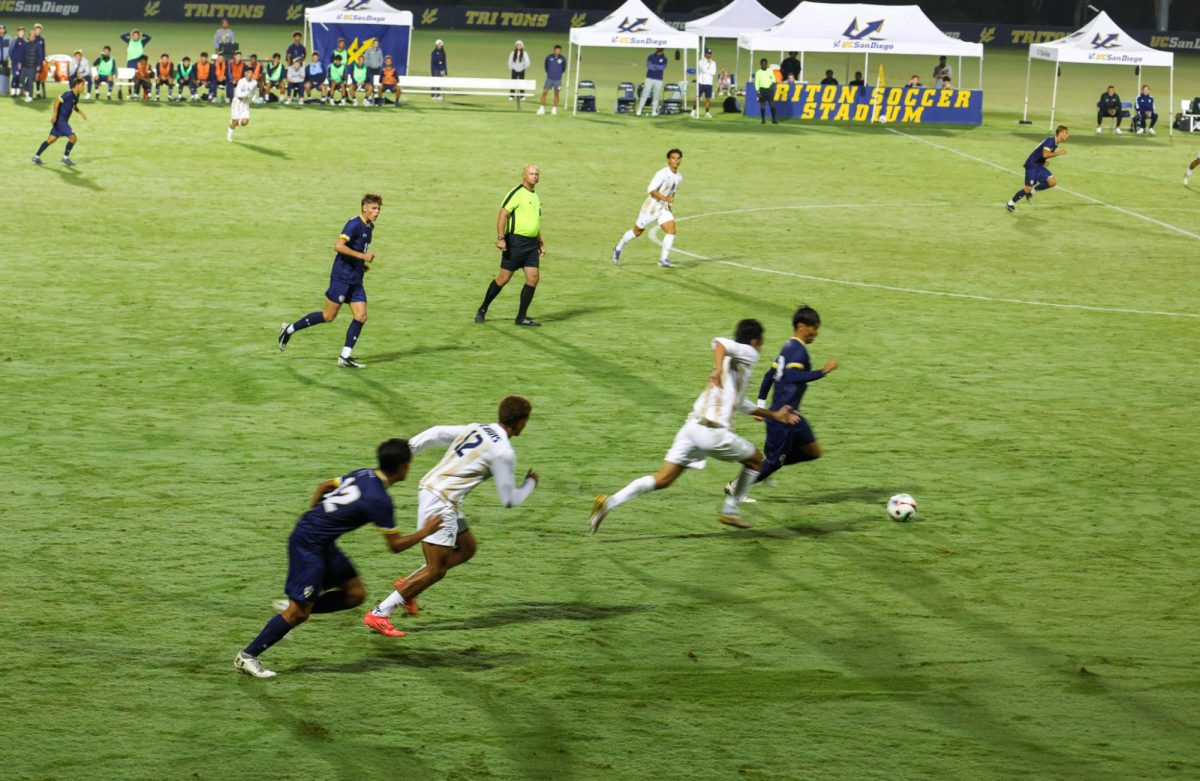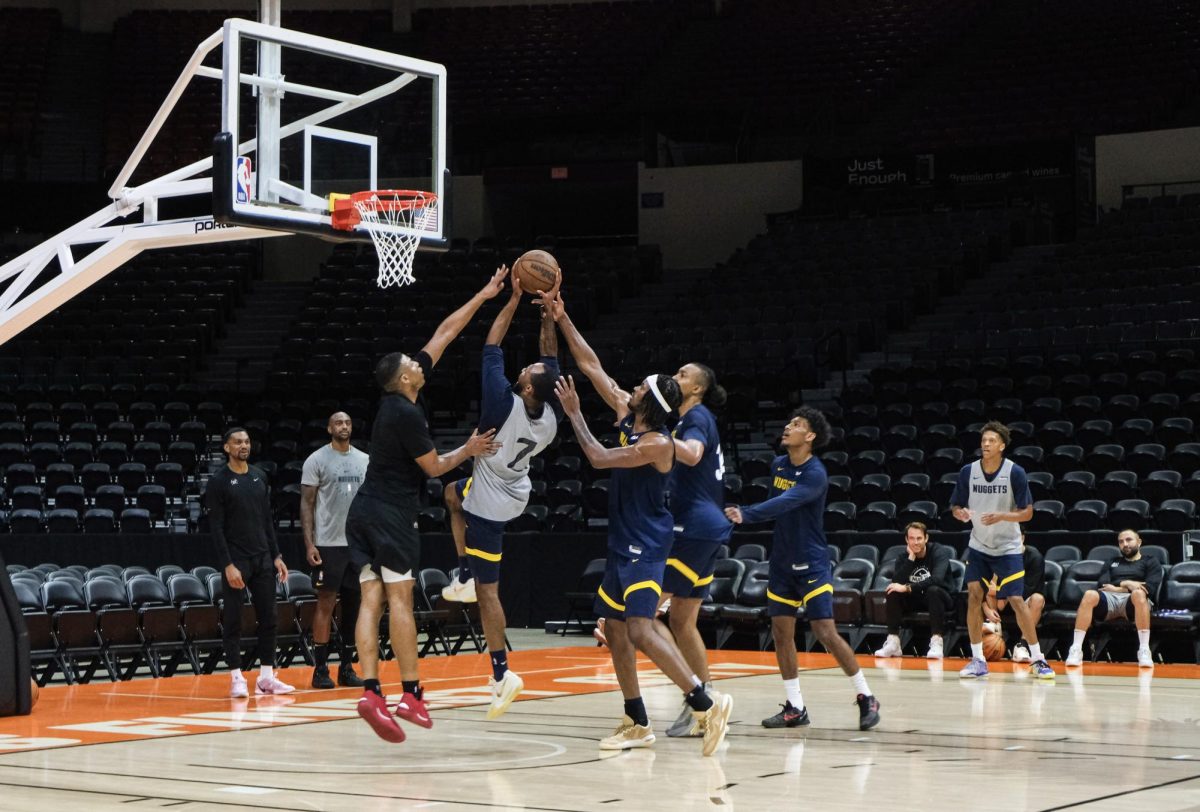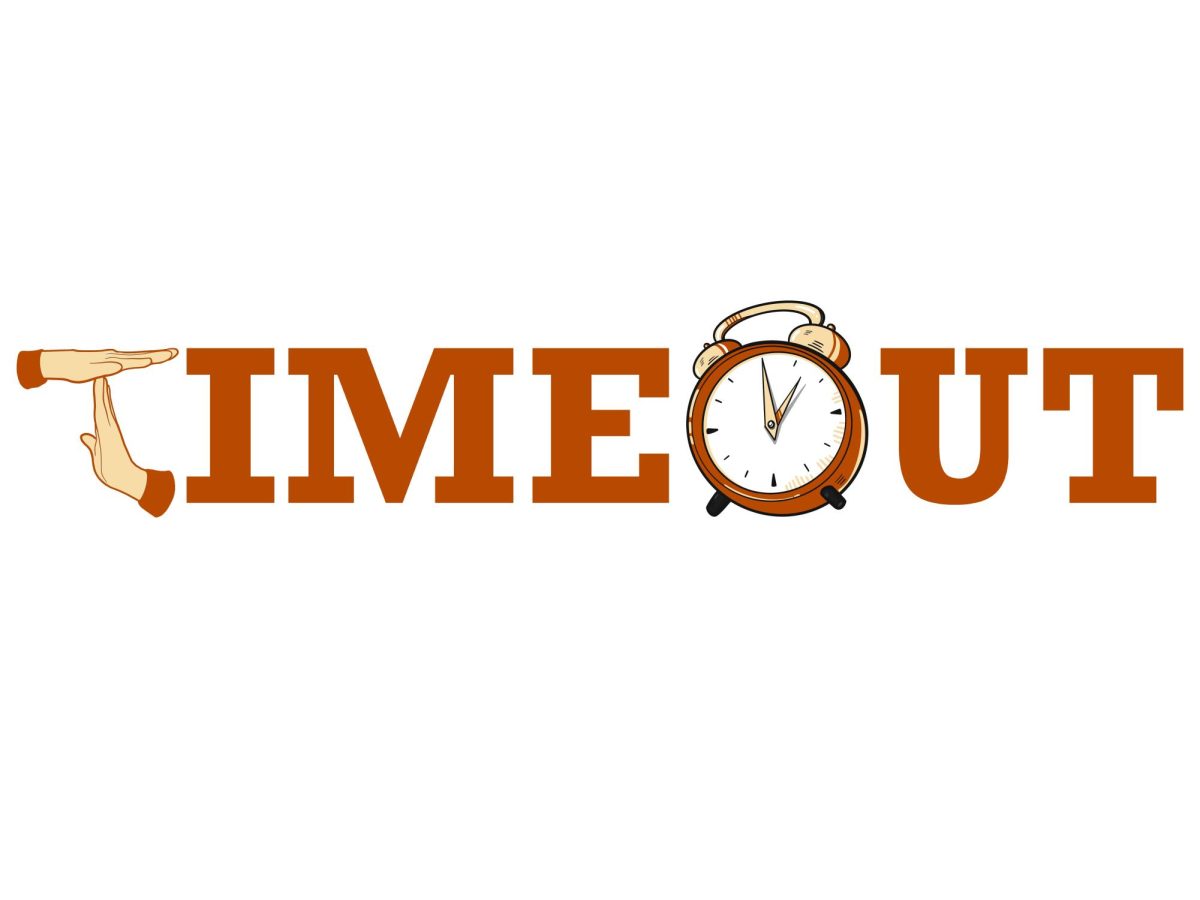Hi, I’m second-year sports editor Jack Dorfman. In this column, I’ll take a timeout from discussing specific UC San Diego coaches and student-athletes and instead tackle topics related to sports more broadly, whether at UCSD or within professional leagues.
Over the course of my maturation — which is certainly still ongoing — I’ve generally been the person who polishes off people’s leftovers. Whether it’s cold veggies and rice, or a slice of birthday cake that is mostly colorful frosting, there is an above-average chance that I’ll finish it off for you.
These last couple years, I’ve decided to try and utilize this “skill” to be able to eat more food than most of the people I know through food challenges. I have tried to conquer a 4-pound burrito named Big Bertha; I’ve eaten a whole loaf of bread without water or butter in one sitting; most recently, I attempted to devour a 30-inch pizza within an hour with a friend. I’ve failed more often than I’ve succeeded, and each time I feel like I’ll never try to eat that much food ever again.
Now that I’m done bragging, here are my takeaways from my few bouts with big food as an amateur eater: Competitive eating is not easy. It involves being physically able to consume large amounts of food, which involves a lot of bloating and a lot of chewing. Not everyone can do it. After my friend and I failed the pizza challenge, the restaurant consoled us by informing us that only around 2 percent of people succeed in consuming the entire pizza.
The difficulties surrounding competitive eating got me thinking about sports — as pretty much everything does. Mainly, I began wondering how a sport gets categorized as a sport, using competitive eating as my test case.
Is anything that’s a competition essentially a sport? Is anything that’s challenging a sport? Is anything physically taxing a sport? Do all these conditions need to be satisfied or are there other more important considerations?
Obviously, there are a lot of considerations around defining something as a sport. A few weeks ago, I discussed esports and the struggle of comparing them to the more established sports that exist in the U.S., and a lot of the same problems arise with competitive eating. Both are televised and have large followings, yet both are not considered anywhere near mainstream sports.
People who are fans of the major sports probably want to keep that definition as restrictive as possible, and people who love these sorts of fringy sports want to expand the term to cover as much as possible. Defining an action as a sport has real economic impacts, as it helps it earn more media coverage — such as esports and cornhole tournaments making it onto ESPN and other major networks — which brings recognition, and with recognition comes money.
As Bernie Sanders demonstrated this week, sports are important. They are drivers of the economy. Local teams in small towns bring fans and jobs that otherwise would not exist in the community, which helps keep small neighborhoods alive. Large franchises and professional leagues have plenty of political and economic sway, and they can provide important markers of social progress.
For me, the answer is to consider more things sports. Broadening the definition only means including more and more different types of people in a global community that could always serve to be more diverse at all levels, from the owners who run the teams to the athletes who compete to the media who cover them. As long as sports continue to bring positive things to communities and individuals, they should not be limited discursively.


